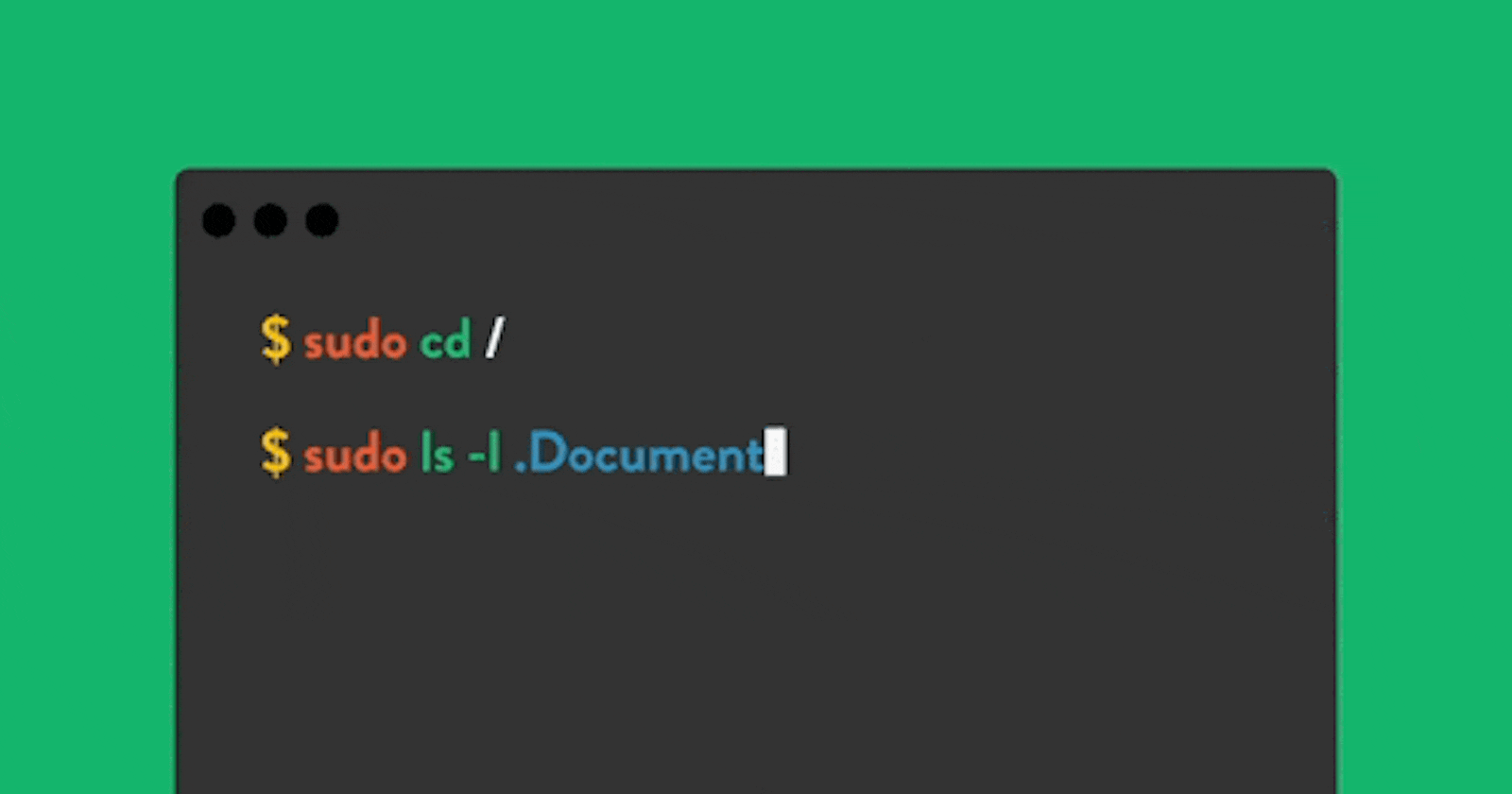From desktops to supercomputers, Linux is everywhere!
Just like Windows and Mac, it is an operating system and has been around since the 1990s. Linux is basically a Unix-like, Kernal-based, fully-memory-protected, multitasking operating system. It is open-source software that runs on a wide range of hardware, from PCs to even Macs.
What are Linux Commands?
A command is a program that interacts with the kernel to provide the environment and perform the functions called for by the user. A command can be:
a built-in shell command
an executable shell file, known as a shell script
a source compiled, object code file.
Basic Linux Commands
| Lists all files and directories in the present working directory |
| Lists files in sub-directories as well |
| Lists hidden files as well |
| Lists files and directories with detailed information like permissions, size, owner, etc. |
| Navigate to the HOME directory |
| Move one level up |
| To change to a particular directory |
| Creates a new file |
| Displays the file content |
| Moves the files to the new location |
| Allows regular users to run programs with the security privileges of the superuser or root |
| Deletes a file |
| Gives help information on a command |
| Clears the terminal |
| Creates a new directory in the present working directory or an at the specified path |
| Deletes a directory |
| move files and directories from one directory to another or rename a file or directory |
| Command used to install and update packages |
File Permission commands
| to show file type and access permission |
| read permission |
| write permission |
| execute permission |
| no permission |
| For changing the ownership of a file/directory |
| change the user as well as a group for a file or directory |
User management & Networking commands of Linux
| To add a new user |
| To change the password of a user |
| To remove a newly created user |
| To ping and Analyze network and host connections |
| Display files in the current directory of a remote computer |
| change the directory to “dirname” on a remote computer |
| upload ‘file’ from a local to a remote computer |
| Download the ‘file’ from the remote to the local computer |
| Logout |
Conclusion
I hope you guys find it useful, you'll surely find these commands easy in no time!
